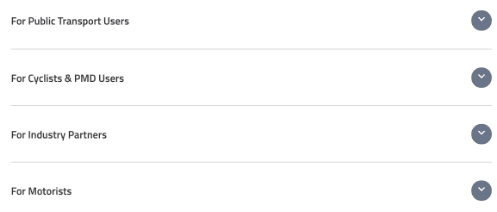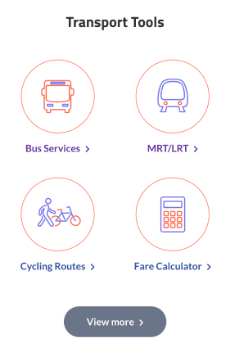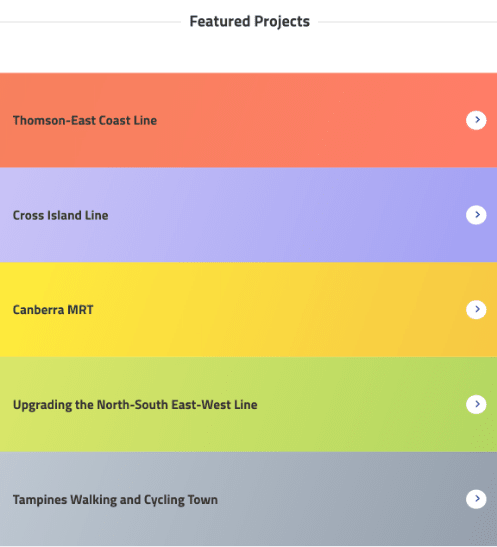The public transport network is growing, and so are LTA’s efforts to keep construction environmentally-friendly.


Tunnelling Towards a Greener Tomorrow: 5 Ways LTA Builds Green

From the Thomson-East Coast Line (TEL) to the Circle Line (CCL) extension and the upcoming Jurong Region Line (JRL) and Cross-Island Line (CRL), Singapore’s MRT tracks are constantly growing to meet commuter needs.

But at LTA, it’s not just about making our public transport network bigger. It’s also about getting better each step of the way—and in the face of climate change, that means making the foundation of every journey as green as possible! This includes aiming to Build Lite with our construction, operations, maintenance activities, technologies, and mobility solutions that are environment-friendly and innovative.
Here's how:
#1 Building Lean, Clean and Green
Eco-friendliness is woven in the minute we start planning our rail lines and stations! And we’re big on ensuring we can tread light and keep resource usage low.
Thanks to this planning, the amount of architectural finishes will be reduced for JRL stations, such as cladding and ceilings, saving us 10% more materials. And for stations under CRL Phases 2 and 3, we’ve managed to cut station ceiling panels by 25%.
Existing structures are also being reused to avoid waste: Tunnel sections have turned into retaining walls to support construction, and we’re building reusable footpaths that we can transport to different site locations. These little steps add up and at the end of the day, less materials means less embodied carbon and less waste!
#2 Concrete Strategies
Did you know that concrete is a huge carbon culprit? It contributes up to eight per cent of global carbon emissions! Good news is because of low-carbon concrete substitutes, we’re finding a way around this.
One method is to substitute cement with recycled or waste materials such as Ground Granulated Blast Furnace Slag (GGBS), a by-product of steelmaking. Another way is to introduce recycled and purified carbon dioxide into fresh concrete during mixing, known as carbon mineralisation.

The plan is for low-carbon concrete options like these to be used in all CRL2 projects and upcoming footpath renewal contracts. This will allow us to cut carbon emissions by 20%!

#3 Tech to the Rescue
Advances in technology are making building green a breeze. Now, we've got electric and hybrid construction machinery that uses less fuel and reduces noise levels. It’s also getting easier to build precast and prefabricated structures, so we can easily make walls and staircases off-site and just pop them into place when needed!
These prefabricated pieces not only cut down on leftover materials but also use way less energy, meaning fewer greenhouse gases. It's a win for everyone and the environment!

#4 Making It Official
We’ve made it known that sustainability isn't a suggestion at LTA, it’s serious business! Up to 5% of a contractor's bid score[1] will depend on their green practices by 2025, and construction sites have strict rules about using recycled water and sorting waste.
To help our vendors stay on track, we’ve created a guidebook called Guidebook of Sustainable Practices at LTA Sites (PDF, 4.2MB). This offers tips on how to “green” operations, all the way from offices to construction sites.
[1] For new construction and consultancy tenders with Estimated Procurement Value (EPV) exceeding $50 million
#5 Keeping It Real
It’s important to us that we don’t just talk the talk, but walk the walk. So while we celebrate every little win, we also want to keep it real, stick to the facts.
To make sure everyone’s on the same page, we ask contractors to track their resource use and carbon footprint. This intel is being used to help us understand how much resource we’re using, so we can ensure we keep improving for a cleaner, greener and better future!

Be sure to check out LTA’s latest Sustainability Report 2023/2024 (PDF, 9.1MB), for more information about LTA’s performance and progress for various Economic, Environment, Social and Governance topics, organised along four key areas.



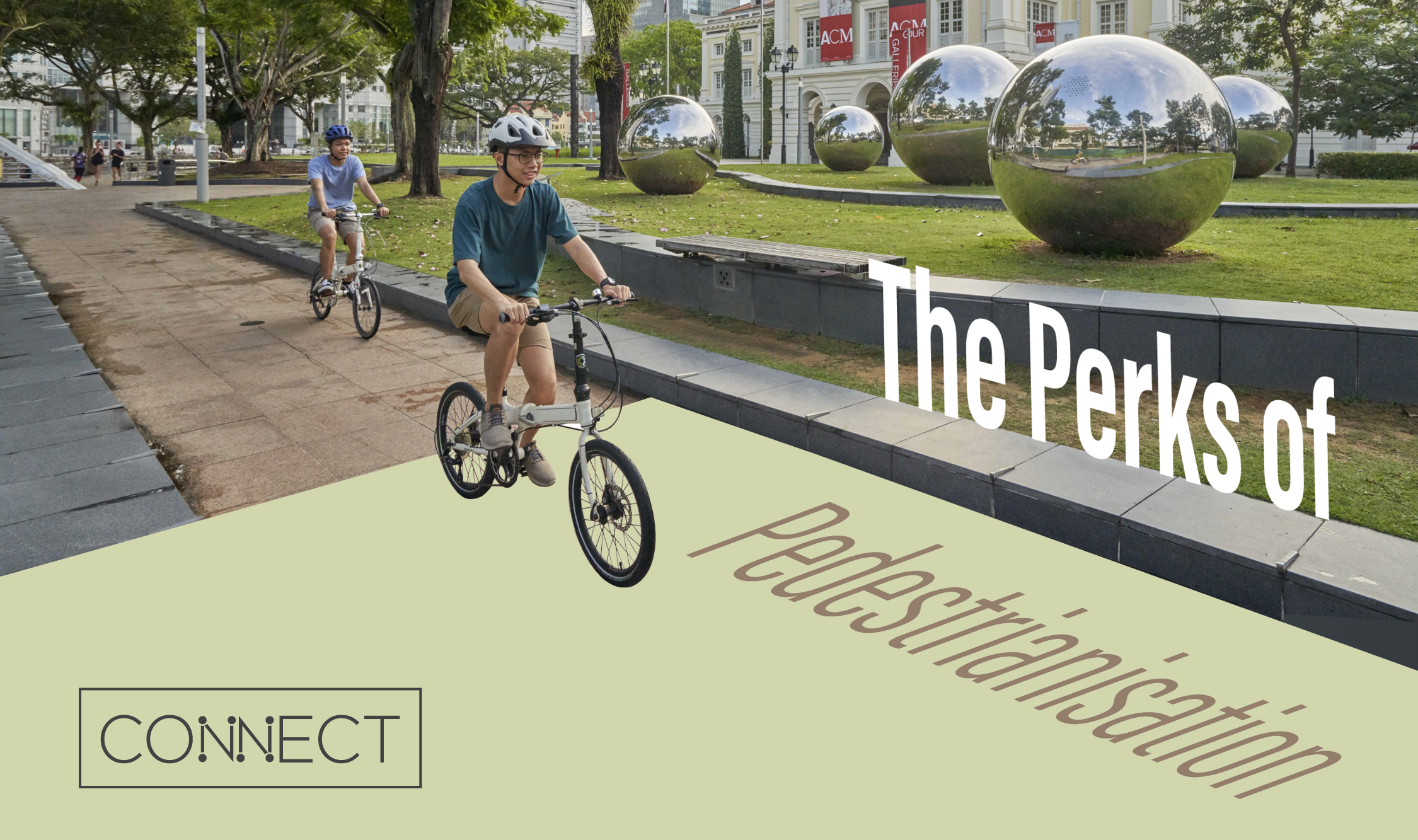 The Perks of Pedestrianisation
The Perks of Pedestrianisation
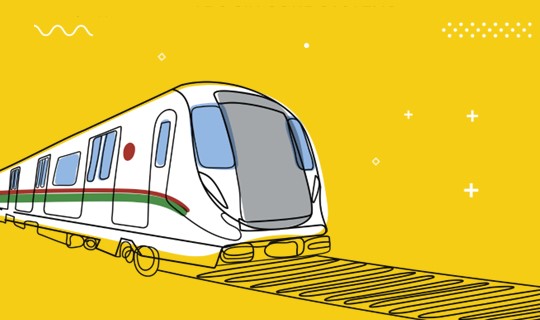 Rejuvenating the Railway: NSEWL's Six Core Systems
Rejuvenating the Railway: NSEWL's Six Core Systems
 Charging An EV: Is It That EZ?
Charging An EV: Is It That EZ?
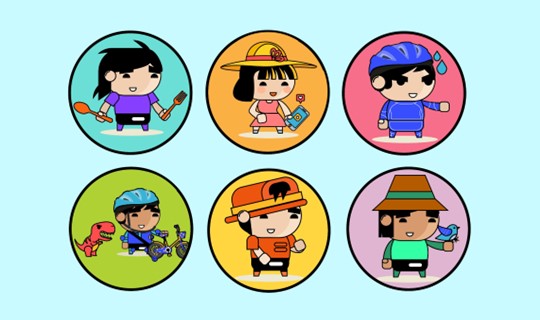 What's Your Cycling Route Personality?
What's Your Cycling Route Personality?
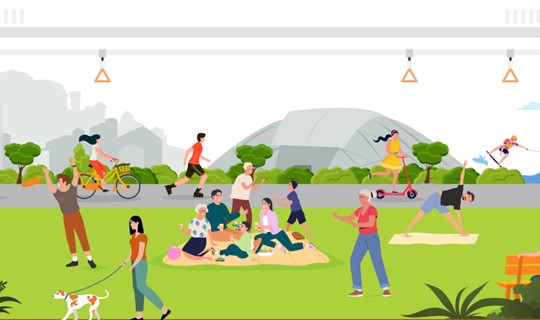 Tell me more about TEL4!
Tell me more about TEL4!
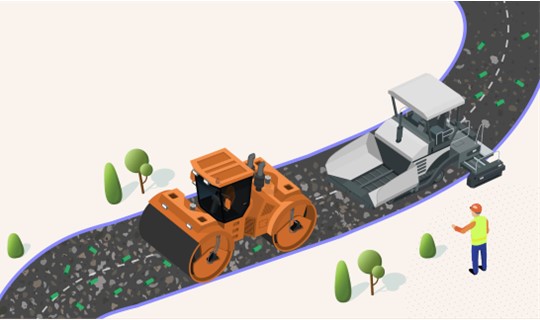 Paving the Way for Eco-friendly Roads
Paving the Way for Eco-friendly Roads
 6 Public Transport Hacks for the Busy Working Professional
6 Public Transport Hacks for the Busy Working Professional
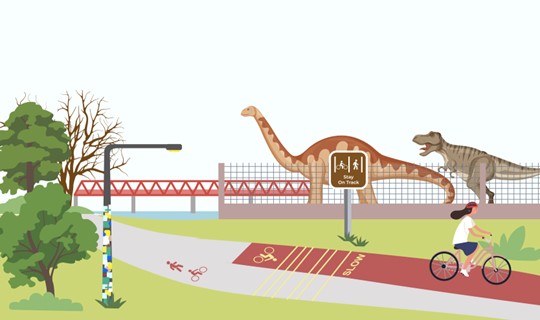 7 Ways to Look Sharp, Cycle Safe & Have a Smoother Ride
7 Ways to Look Sharp, Cycle Safe & Have a Smoother Ride
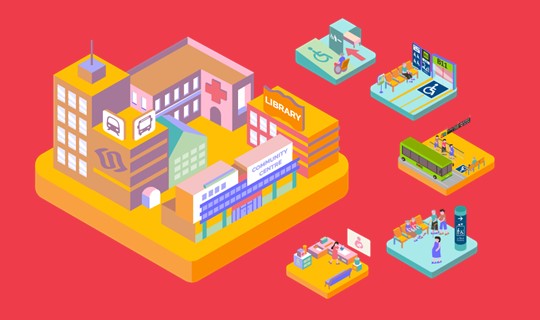 6 Interesting Things About Our Integrated Transport Hub
6 Interesting Things About Our Integrated Transport Hub
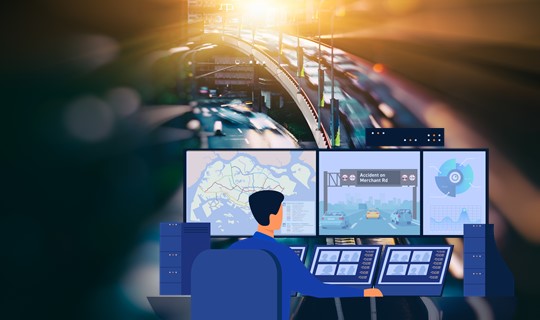 Singapore's Road EMAS-gency Experts
Singapore's Road EMAS-gency Experts
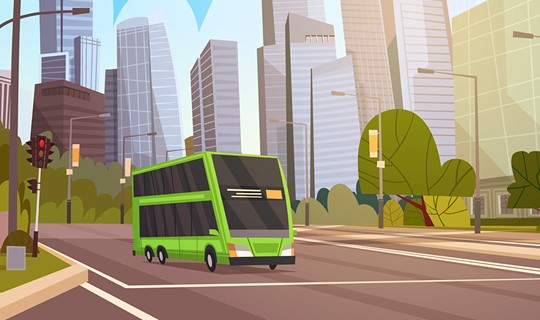 Your 10 Best Bets for a Scenic Bus Cruise
Your 10 Best Bets for a Scenic Bus Cruise
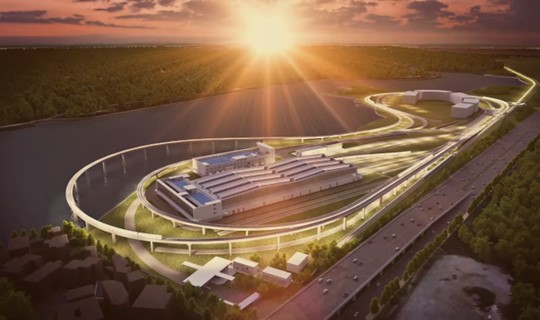 5 reasons the SRTC is breaking barriers to rail reliability
5 reasons the SRTC is breaking barriers to rail reliability
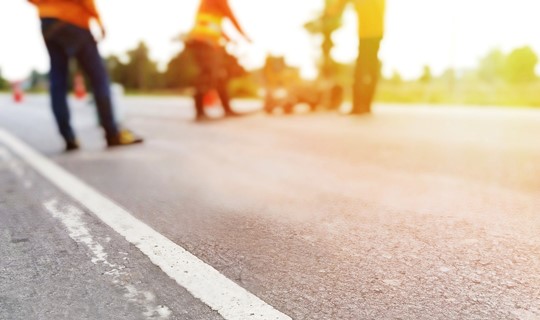 Making a Mark in 3D
Making a Mark in 3D
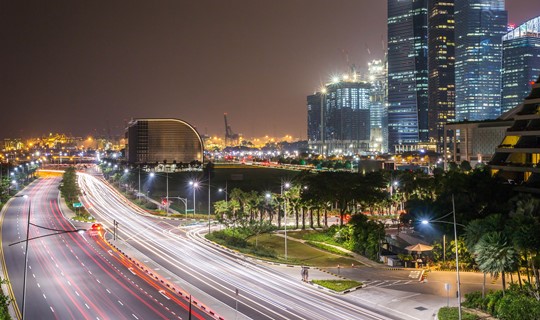 Watt a Smart Street Light!
Watt a Smart Street Light!
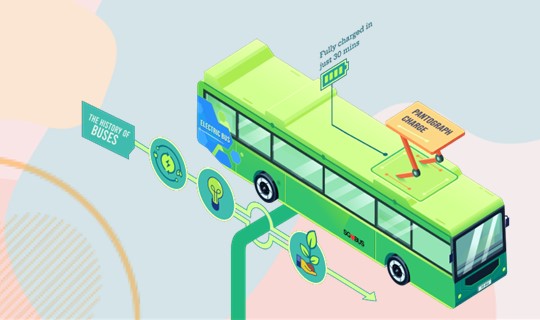 History of Buses
History of Buses
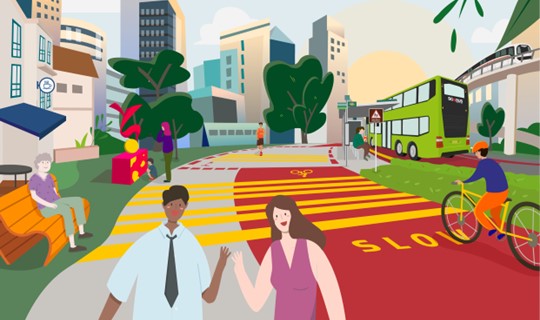 (Re)Purpose for the People
(Re)Purpose for the People
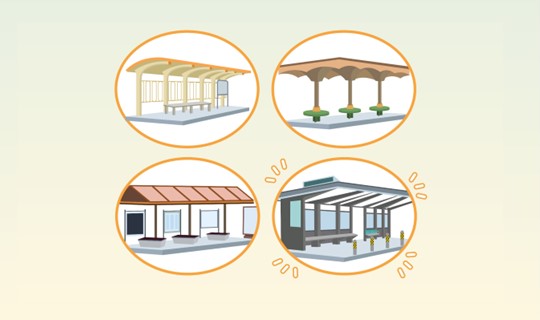 What's the Latest Buzz On Our Bus Stop Shelters?
What's the Latest Buzz On Our Bus Stop Shelters?
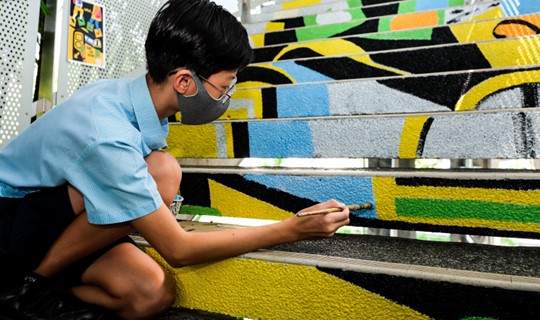 Placemaking: Hardware to Heartware
Placemaking: Hardware to Heartware
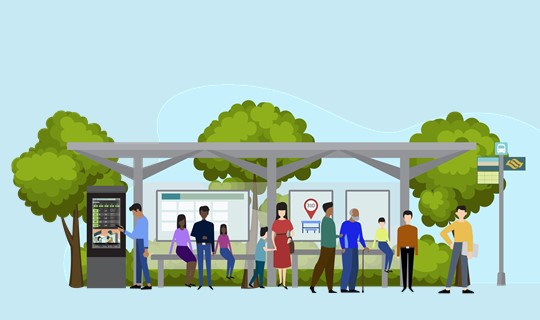 Making a "PID-Stop" at one of our bus stops?
Making a "PID-Stop" at one of our bus stops?
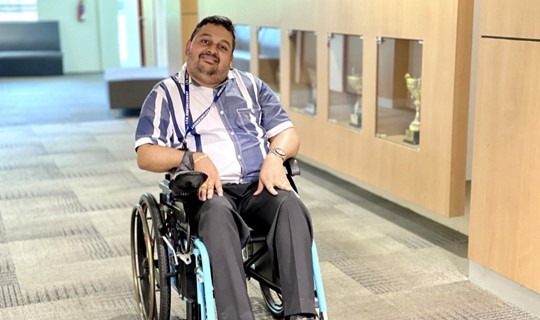 Writing a New Chapter on Inclusivity
Writing a New Chapter on Inclusivity
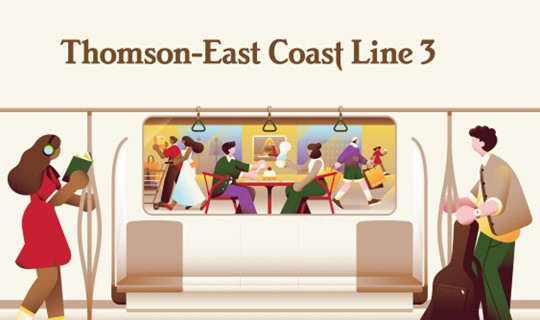 TEL3 Hits the City: Get Fed, Get Fit and Feel Fab!
TEL3 Hits the City: Get Fed, Get Fit and Feel Fab!
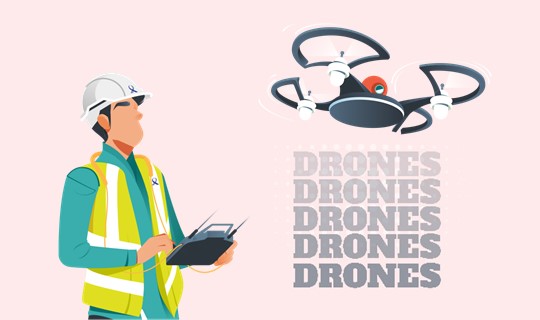 Drones in the Zone
Drones in the Zone
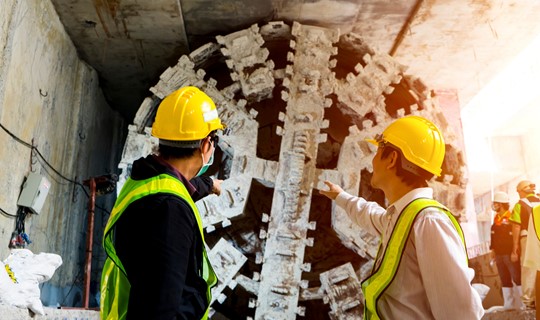 What lies beneath: LTA's Digging Machine
What lies beneath: LTA's Digging Machine
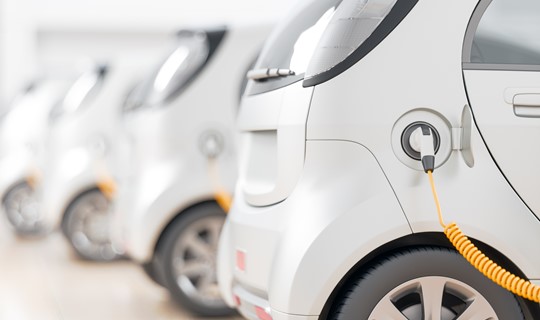 8 Facts to Charge Up You Knowledge About Electric Vehicles
8 Facts to Charge Up You Knowledge About Electric Vehicles
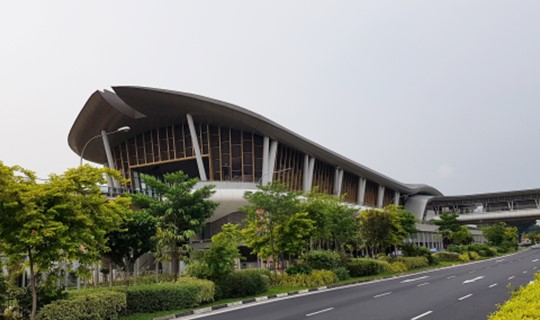 Stations, stations on the tracks, which is the greenest of them all?
Stations, stations on the tracks, which is the greenest of them all?
 Take a brake! Explore these eight hidden gems on your bike
Take a brake! Explore these eight hidden gems on your bike
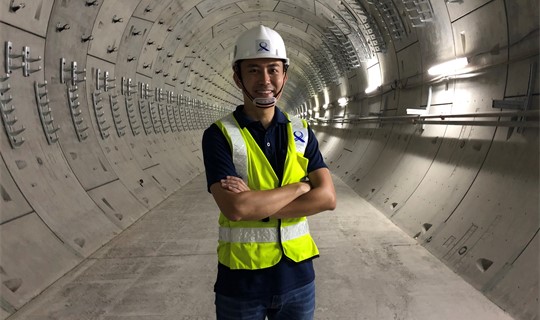 Excuse me, are you a boring engineer?
Excuse me, are you a boring engineer?
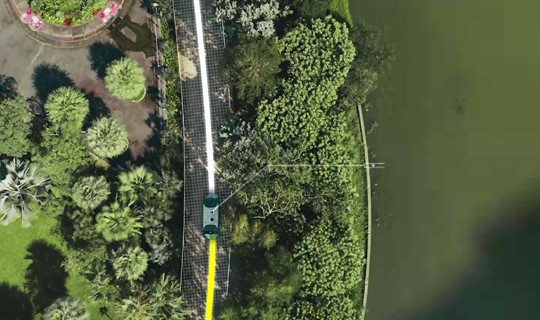 Look Ma, No Hands!
Look Ma, No Hands!
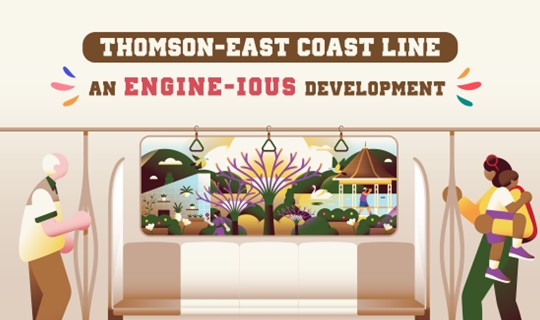 10 Reasons the TEL is an Engine-nious Development
10 Reasons the TEL is an Engine-nious Development
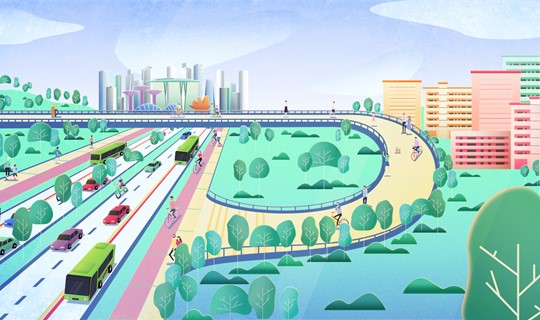 Introducing Singapore’s Longest Transit Priority Corridor
Introducing Singapore’s Longest Transit Priority Corridor
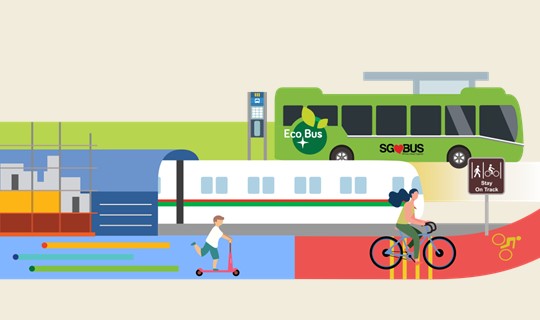 5 Fun Facts About Sustainability at LTA
5 Fun Facts About Sustainability at LTA





